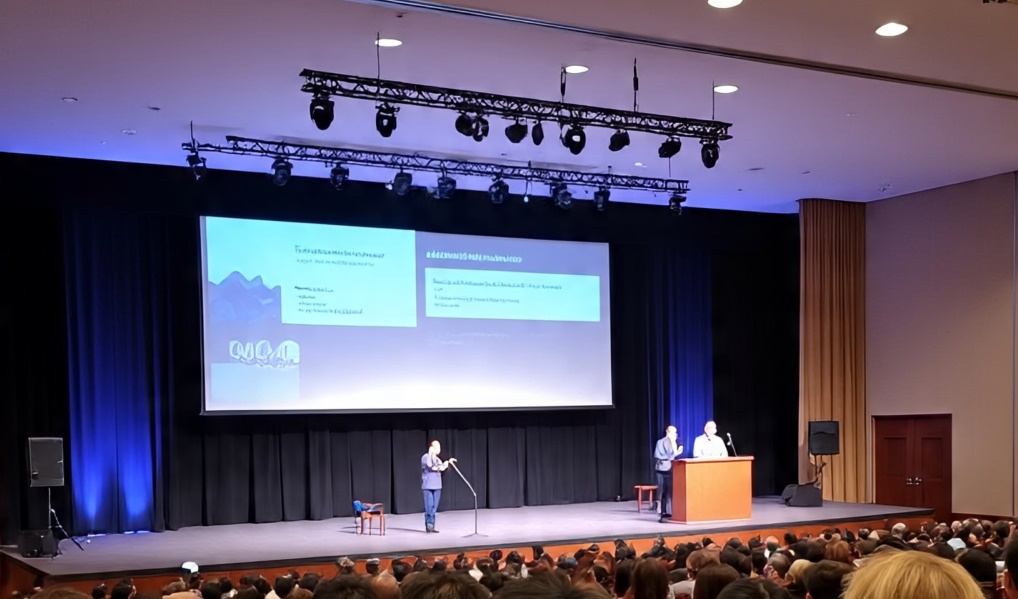The Impact of Subsidized Fuel Price Increases on Public Consumption in Kendari City
Keywords:
Consumption of Fuel Oil, Consumption of Staple Food Types, Subsidized Fuel OilAbstract
The purpose of this study was to determine the impact of the increase in the price of subsidized fuel oil on the food consumption of people who received the Family Hope Program (PKH) in Kendari City after the removal of subsidized fuel oil. This study used the descriptive statistics method. The results stated that the average fuel consumption expenditure of PKH beneficiary societies was smaller before the subsidized fuel price increase occurred, namely IDR 167,737.37/month, while the average after the increase in subsidized fuel prices was greater, namely IDR 192,888.89/month. The average food consumption expenditure for staple food types of PKH beneficiaries was smaller before the increase in subsidized fuel prices, namely, IDR 42,242.42 per day, while the average after the increase in fuel prices was larger, namely IDR 57,828.28 per day. Thus, based on the results, it can be concluded that there was an increase in the price of subsidized fuel oil (BBM) which had an impact on the consumption of fuel oil and consumption of staple food types in every household in Kendari City in 2014. 2022 and it provided a significant impact on the consumption of food types in the society of Kendari City which received PKH in 2022.
References
Abubakar, R. (2021). Introduction to Research Methodology (1st Edition). SUKA-Press UIN Sunan Take care.
Afandi, A. (2006). Impact of Fuel Price Increase on Food and Non-Food Consumption of Students of Muhammadiyah University of Malang (UMM). Public Knowledge Project.
Bannock, G., Baxter, R. E., & Davis, E. (1998). Dictionary of Economics (6th ed.). John Wiley & Sons Inc.
Duesenberry, J. S. (1949). Income, Saving, and the Theory of Consumer Behavior (Vol. 87). Harvard University Press.
Kamal. (2015). The Impact of the Increase in Fuel Oil Prices (BBM) on Nine Basic Ingredients (SEMBAKO) in Makassar City. University of Muhammadiyah Makassar.
Keyness, J. M. (2018). The General Theory of Employment, Interest, and Money (1st ed.). Palgrave Macmillan Cham.
Kotler, P. T., & Armstrong, G. (2020). Principles of Marketing (Global Edition) 18th Edition (18th ed.). Pearson.
Rahmadini, A. (2007). Impact of Subsidized Fuel Price Increase on Household Income and Consumption Expenditure in Bogor City. Bogor Agricultural University.
Rizaldi, I. (2014). The Effect of Fuel Oil Price Subsidy Policy (BBM) to Increase Sales Volume at PT.Loka Energi Gas Station 74.924.01 Bantaeng Regency. University of Muhammadiyah Makassar.
Said, M. (2015). Analysis of Changes in Household Consumption Patterns: The Impact of Fuel Price Changes (Case Study of Kemuning District Palembang). Competitive Journal, 4(2), 62-74.
Spencer, M. H., & Amos, O. M. (1993). Contemporary Economics (8th ed.). Worth Publishers Inc.
Sugiyono. (2019). Research and Development Methods (IV Edition). Alfabeta.
Syahza, A. (2021). Research Methodology (Revised Edition). UR Press Pekanbaru.
Law on Food, Pub. L. No. 18, Central Government (2012).




